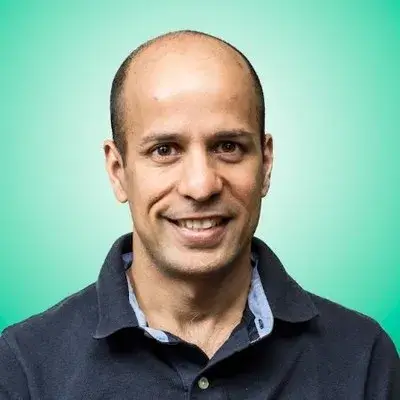Ready to build your own Founder-Led Growth engine? Book a Strategy Call
Frontlines.io | Where B2B Founders Talk GTM.
Strategic Communications Advisory For Visionary Founders
Actionable
Takeaways
Patience in Deep Tech:
The semiconductor startup timeline requires thinking in 3-5 year horizons for go-to-market, not the typical 1-year timeline of software startups. SEMRON spent four years developing their core technology before reaching process freeze and beginning customer demonstrations.
Focus on Enterprise-Scale Relationships:
Rather than pursuing a broad customer base, SEMRON targets 5-6 major customers who can each generate millions in revenue. This shapes their entire go-to-market approach, emphasizing deep technical engagement over traditional marketing.
Leveraging Technical Feedback Loops:
SEMRON's strategy involves working directly with customer engineering teams to deploy proprietary AI models on their hardware. This creates valuable feedback loops that reshape product development based on real application needs.
Strategic Location Advantages:
While Dresden may not be Silicon Valley, its history as Europe's microelectronics hub provides crucial advantages for semiconductor startups - from talent to manufacturing partnerships with companies like TSMC, Infineon, and Global Foundries.
Cost-Driven Innovation:
True hardware revolutions happen when the driving technology becomes extremely cheap. SEMRON focuses not just on technical performance but on dramatically reducing the cost per compute to enable mass adoption of edge AI capabilities.
Conversation
Highlights
When ChatGPT burst onto the scene in late 2022, most companies scrambled to adapt. But in Dresden, Germany, SEMRON was ready. They’d spent years preparing for AI’s inevitable push to the edge – not by chasing the latest software trends, but by completely rethinking how chips handle AI calculations.
In a recent episode of Category Visionaries, SEMRON CEO, Aron Kirschen shared how his company is tackling one of computing’s fundamental challenges: making AI compute as cheap and accessible as paper.
The Origins of Innovation
SEMRON’s story begins not in a garage, but in Cambridge’s historic Eagle Pub – the same place where Francis Crick and James Watson first sketched out DNA’s double helix structure. It was there that Aron and his co-founder began discussing the possibilities of a radically different approach to semiconductor design.
“We kept discussing through the years and ended up having a good idea how to overcome the physical limits of current technology,” Aron recalls. “But it was nothing that seemed to be realistic in like five years. We were more like playing around.”
That “playing around” led to their first patents, which they chose to fund themselves despite university offers to cover the costs. This early decision to maintain control of their intellectual property would prove crucial as their technology evolved.
The Technology Breakthrough
SEMRON’s innovation tackles a fundamental problem in chip design. As Aron explains, “When we calculate today, it’s after all based on electrons moving around creating a lot of noise. And noise is a bad thing because it creates heat and heat is energy consumption.”
Their solution? A capacitive approach that minimizes electron movement, allowing them to pack massive computing power into tiny spaces without overheating. This breakthrough could enable capabilities previously thought impossible on edge devices, like running large language models for continuous live translation.
An Unconventional Go-to-Market Strategy
While most startups rush to market, SEMRON’s approach reflects the realities of deep tech hardware development. “As a semiconductor startup, you don’t have the timeline of 1 year for go-to-market,” Aron explains. “You really have to think in three, four, even five years.”
This longer timeline shaped their entire GTM strategy:
Location Matters: Rather than relocating to Silicon Valley, SEMRON chose to build in Dresden, Europe’s microelectronics hub. With TSMC, Infineon, Global Foundries, and other major players nearby, they created natural partnership opportunities.
Focus on Few, Not Many: Instead of pursuing broad market adoption, SEMRON targets just “five, six big entities that is generating millions of revenue,” Aron reveals. This allows for deeper technical collaboration with each customer.
Engineering-Led Sales: “You have to sit down with their engineering team, with our engineers, and figure out how we can make it work,” says Aron, describing their sales process. Traditional marketing takes a back seat to technical proof points.
The Cost Revolution
Perhaps most importantly, SEMRON understood that technical superiority alone wouldn’t drive adoption. “Every revolution became the impact on society when the driving factor became cheap as hell,” Aron emphasizes. “Like when paper was as expensive as sand. It became a real revolution.”
This insight drives their focus on dramatically reducing cost per compute. Even if current AI chips were energy efficient enough for smartphones, Aron notes, “Nobody would pay for like $5,000 more for something like that or even $200 more. We really have to be like let’s say 20, $30.”
Looking Ahead
Four years into their journey, SEMRON is approaching a critical milestone. “We are close to process freeze,” Aron shares. “That means we kind of developed the device and fabricated that and tested it and now can really start thinking about building demonstrators.”
Their vision extends beyond just technical achievements. Aron believes widespread access to powerful AI compute could fundamentally transform human productivity: “If everybody of us would have a completely personalized assistant… always listening, completely private because running on device then I think we can really enhance human productivity by factor of I don’t know, but not like 20%.”
For B2B founders, SEMRON’s journey offers valuable lessons about patience, focus, and the importance of understanding revolutionary technology isn’t enough – you need revolutionary economics too. As edge AI continues to evolve, their bet on making compute not just more powerful, but radically more accessible, may prove to be their biggest innovation of all.
Recommended Founder
Interviews


Aimen Chouchane
Head of Marketing of IntelexVision
How IntelexVision Markets AI Video Analytics to Security Buyers


Jonathan Dambrot
CEO and Founder of Cranium
Jonathan Dambrot, CEO and Founder at Cranium: $32 Million Raised to Power the Future of AI Security

Soham Mazumdar
How Wisdom AI reduces enterprise trial time-to-value from weeks to minutes | Soham Mazumdar

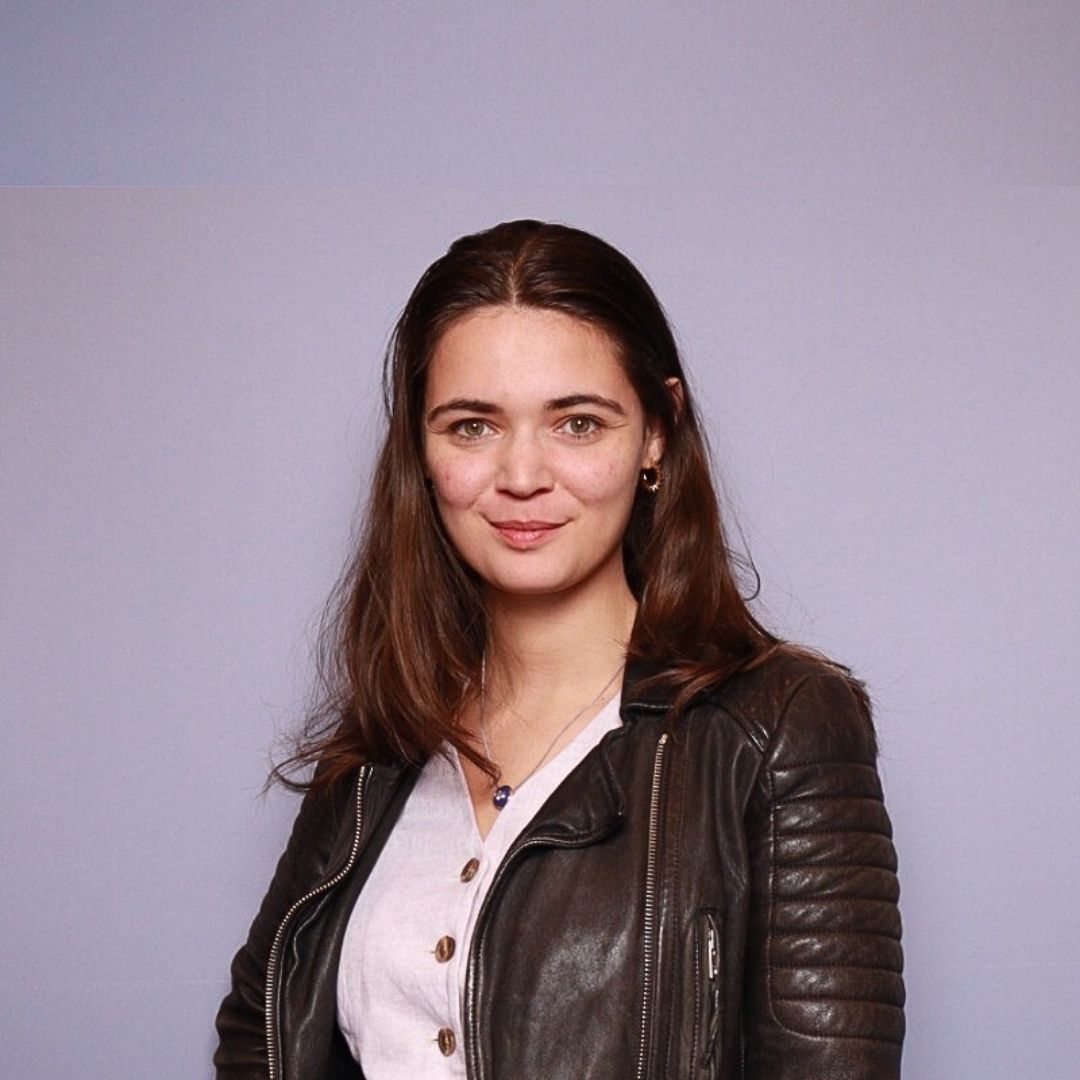
Meryem Arik
CEO & Co-Founder of Titan ML
Meryem Arik, CEO and Co-Founder of TitanML: $2.8 Million Raised to Revolutionize LLM Deployment


Igor Jablokov
Chairman of Pryon
Igor Jablokov, Chairman of Pryon: $50+ Million Raised to Build the Future of Enterprise Knowledge Management

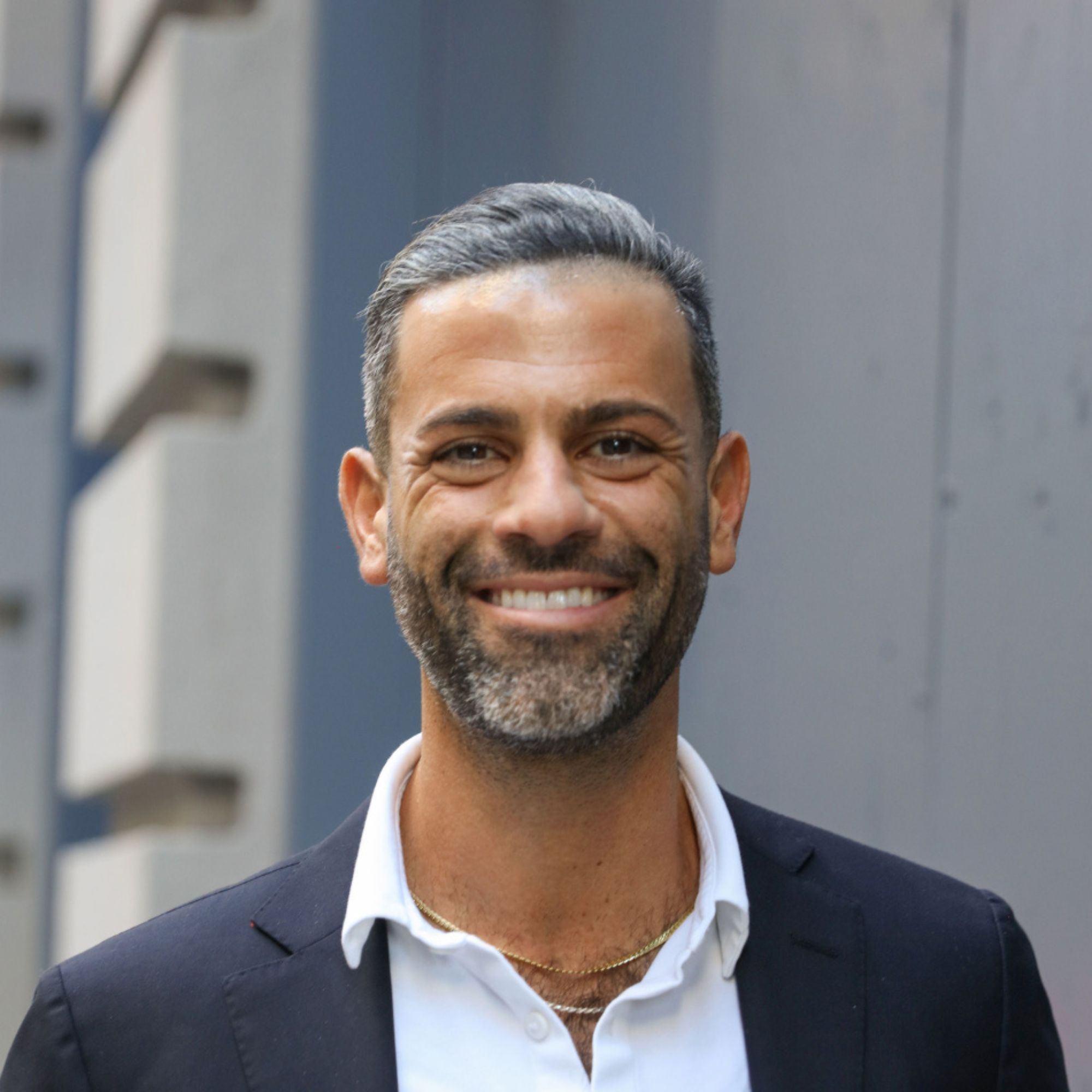
Ryan Alshak
CEO & Founder of Laurel
Ryan Alshak, CEO & Founder of Laurel: $55.7 Million Raised to Build the Future of Gen AI for Timekeeping

Krishna Gade
CEO & Founder of Fiddler
Krishna Gade, CEO & Founder of Fiddler: $68 Million Raised to Build the Future of AI Observability


Harry Xu
CEO and Co-Founder of Breeze ML
Harry Xu, CEO and Co-Founder of Breeze ML: $4.6 Million Raised to Create the Future of AI Governance


Tanay Kothari
CEO and Co-Founder of Wispr Flow
How Wispr Flow manufactured viral moments by personally onboarding 500 users on Google Meet | Tanay Kothari ($56M Raised)


Deon Nicholas
CEO & Co-Founder of Forethought
Deon Nicholas, CEO & Co-Founder of Forethought: $92 Million Raised to Power the Future of Customer Support with AI

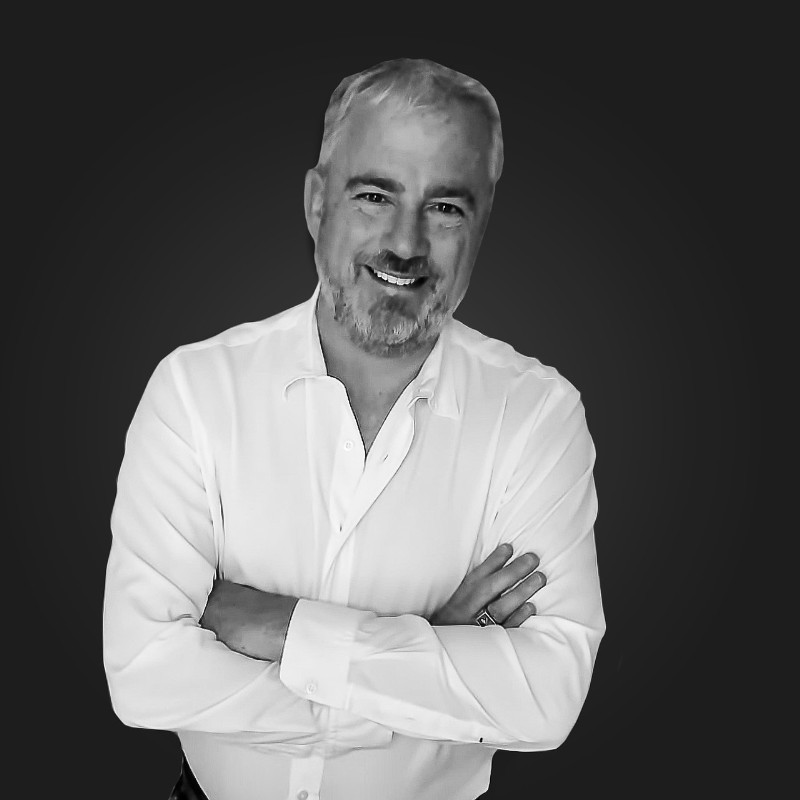
Matt Theurer
CEO & Co-Founder of HyperSpectral
Matt Theurer, CEO & Co-Founder of HyperSpectral: $8.5 Million Raised to Power the Future of AI-Powered Spectral Intelligence

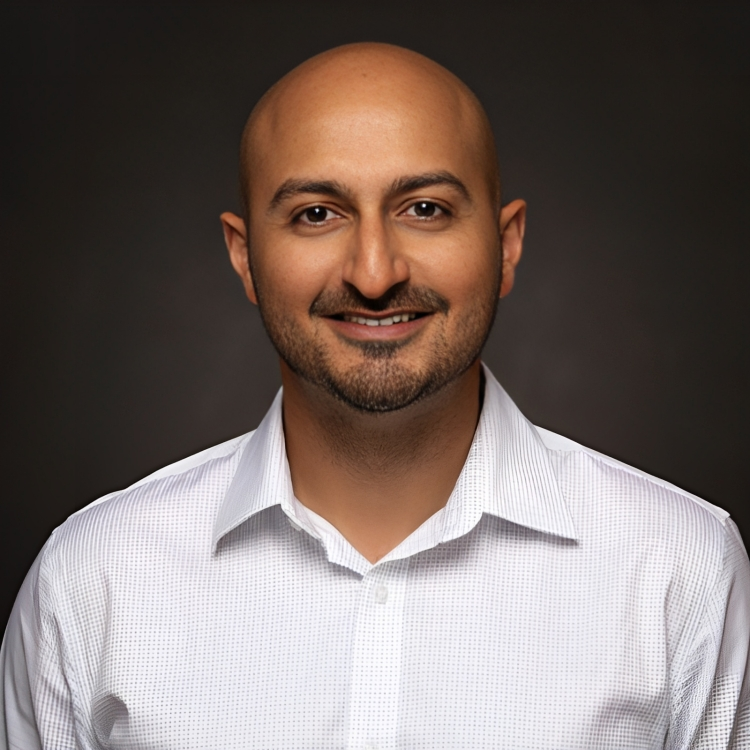
Sud Bhatija
Co-Founder & COO of Spot AI
Sud, Co-Founder & COO of Spot AI: $93 Million Raised to Build Video AI Agents for the Physical World

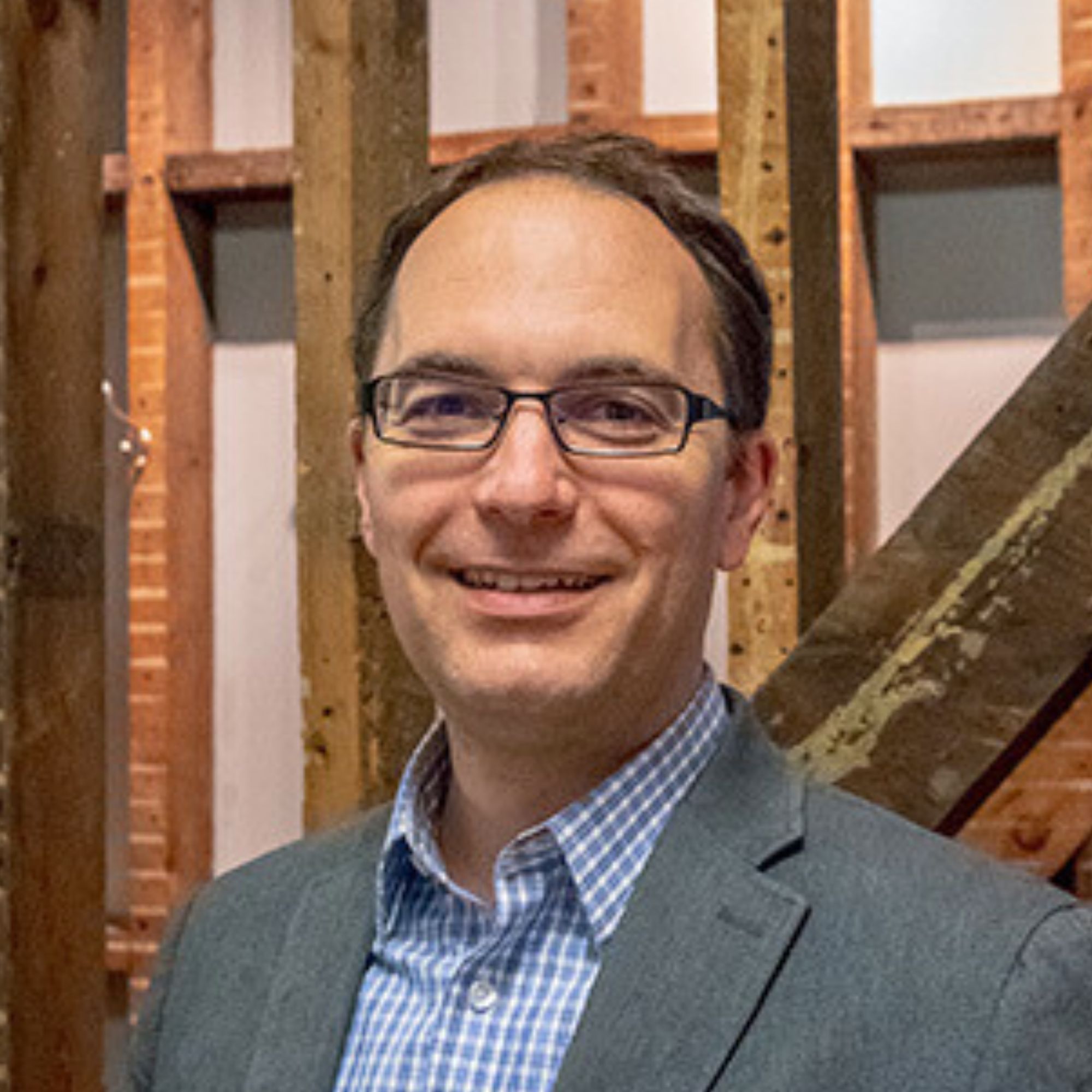
Jason Corso
Co-Founder and Chief Science Officer of Voxel 51
Jason Corso, Co-Founder and Chief Science Officer of Voxel 51: $15.5 Million Raised to Build the Future of Developer Tools for Machine Learning


Ryan Sevey
CEO of Mantium
Ryan Sevey, CEO of Mantium: $12 Million Raised to Help Teams Deploy and Monitor their AI Process Automations

John Belizaire
CEO of Soluna
John Belizaire, CEO of Soluna: $180 Million Raised to Power the Future of Renewable Computing for AI

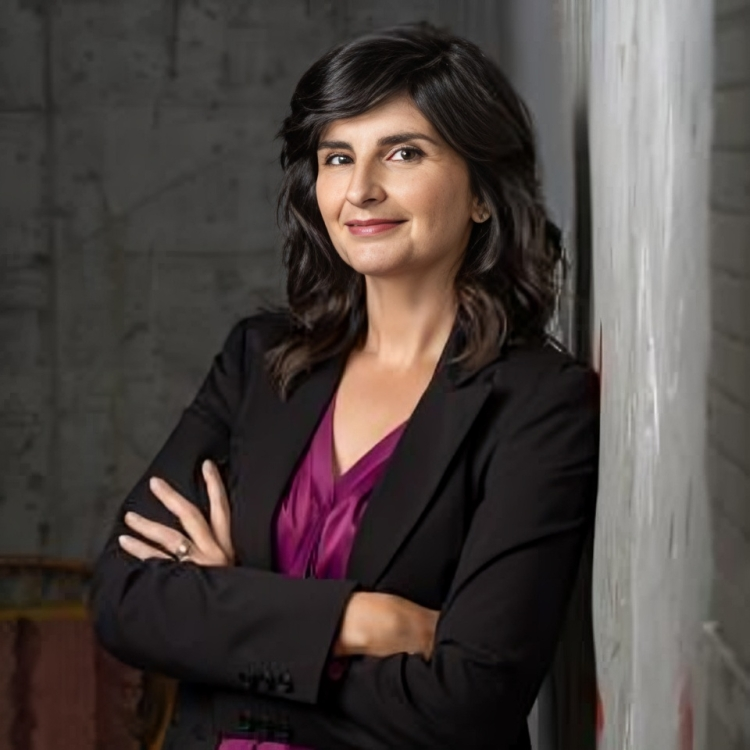
Inna Sela
CEO & Founder of illumex
Inna Tokarev Sela, CEO & Founder of illumex: $13 Million Raised to Power the Future of Enterprise LLM Deployments

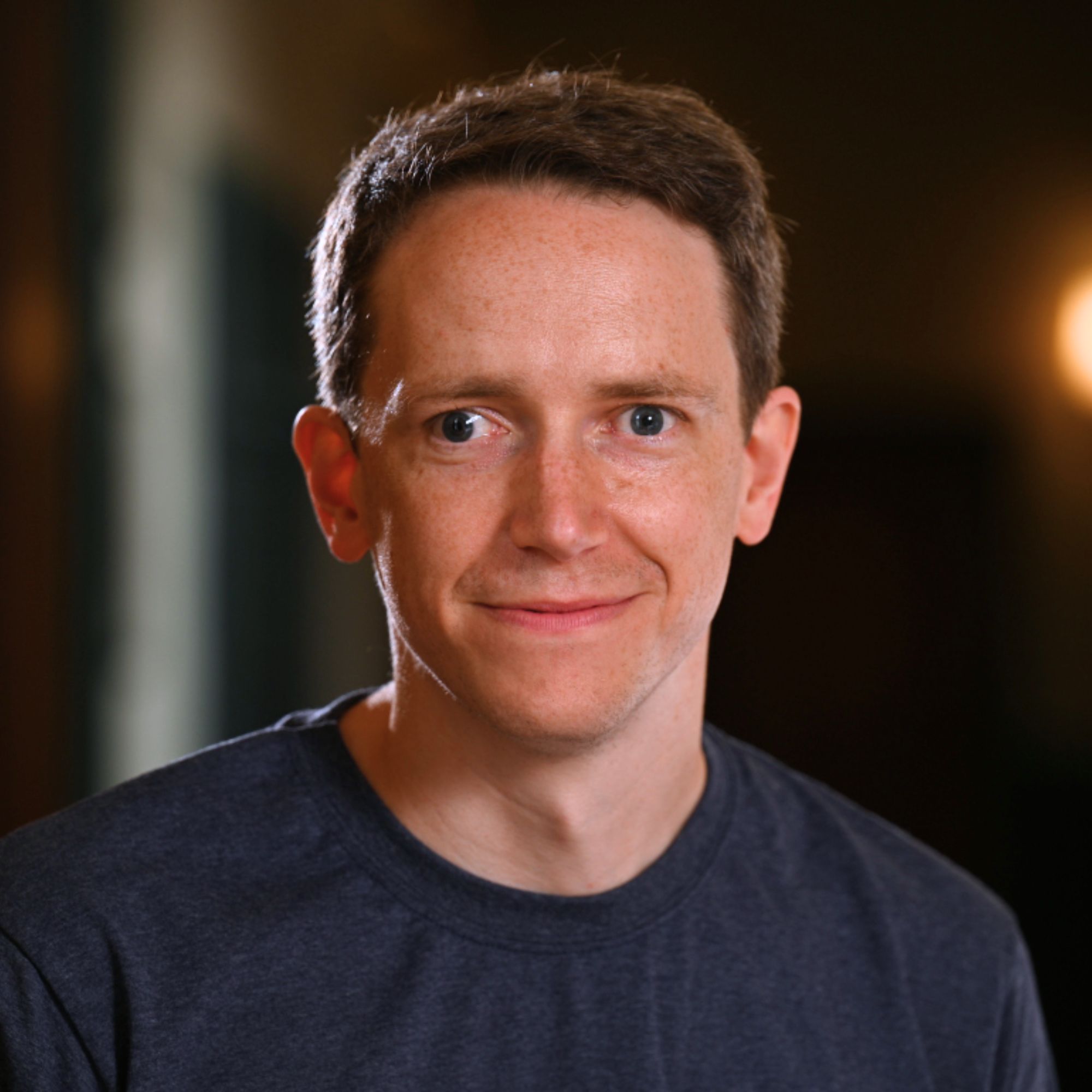
Ashley Montanaro
CEO and Co-Founder of Phasecraft
Ashley Montanaro, CEO & Co-Founder of Phasecraft: $22 Million Raised to Build the Future of Quantum Software

Davit Baghdasaryan
Co-Founder and CEO of Krisp
Davit Baghdasaryan, Co-Founder and CEO of Krisp: $19 Million Raised to Build the Voice Productivity Category
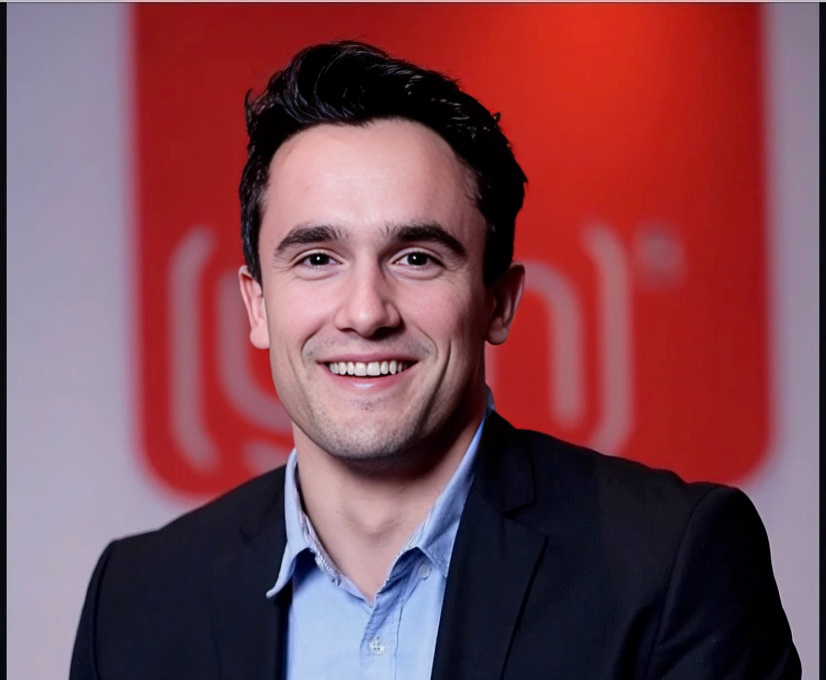
Michael Louis
Co-Founder & CEO of Cerebrium
How Cerebrium generated millions in ARR through partnerships without a sales team | Michael Louis


Krish Ramineni
CEO of Fireflies
Krish Ramineni, CEO of Fireflies: $19 Million Raised to Build the Future of AI Meeting Assistants


Jae Lee
Co-founder & CEO of TwelveLabs
How TwelveLabs sells AI to federal agencies: Mission alignment over process optimization | Jae Lee


Richard Potter
Co-Founder and CEO of Peak
Richard Potter, Co-Founder and CEO at Peak: $118 Million Raised to Power the Future of AI-Enabled Businesses


Sumanyu Sharma
CEO & Founder of Hamming AI
How Hamming AI accidentally created a new category by focusing on customer problems instead of category creation | Sumanyu Sharma ($3.8M Raised)

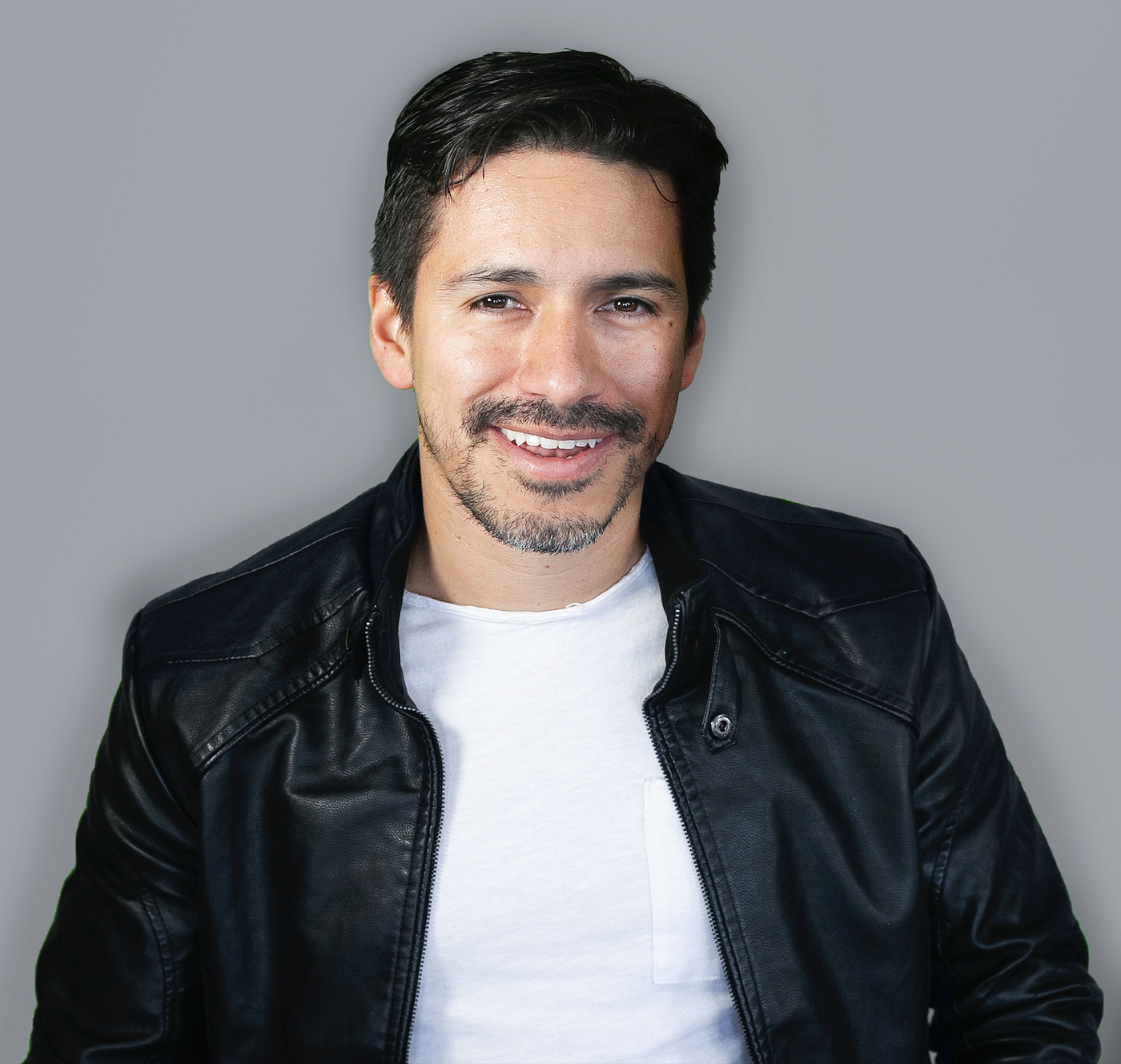
Jorge Torres
CEO and Co-Founder of MindsDB
Jorge Torres, CEO and Co-Founder of MindsDB: $50 Million Raised to Enable Developers to Integrate Machine Learning into Applications


Suman Kanuganti
How Personal AI scales enterprise contracts by selling to COOs and business users first | Suman Kanuganti ($16M Raised)


Tony Zhang
Founder & CEO of Tera AI
Tony Zhang, Founder & CEO of Tera AI: $8M Raised to Build the Future of Robotics Operating Systems

Alex Levin
CEO & Co-Founder of Regal AI
Alex Levin, CEO & Co-Founder of Regal AI: $82 Million Raised to Transform Customer Communication with Voice AI

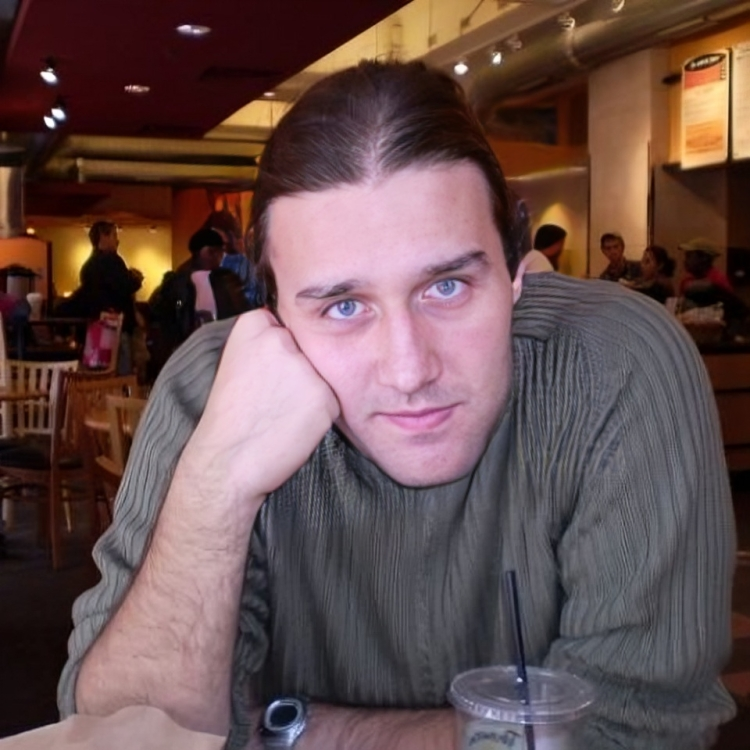
Nikola Borisov
CEO & Co-Founder of Deep Infra
Nikola Borisov, CEO & Co-Founder of Deep Infra: $9 Million Raised to Build the Future of AI Model Hosting


Darko Vukovic
CEO & Founder of PolyAPI
Darko Vukovic, CEO & Founder of PolyAPI: $5 Million Raised to Transform Enterprise Middleware Through Native Code Developm


Adi Bathla
CEO & Co-Founder of Revv
Adi Bathla, CEO & Co-Founder of Revv: $33 Million Raised to Power the Future of Auto Repair

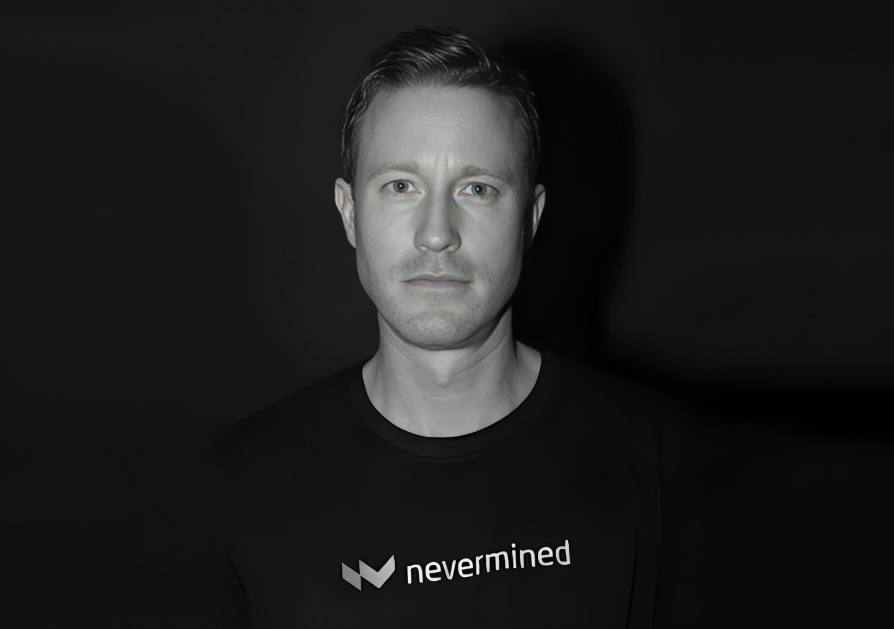
Don Gossen
CEO & Founder of Nevermined
How Nevermined coined “AI commerce” in 2023 to create category language before market adoption | Don Gossen

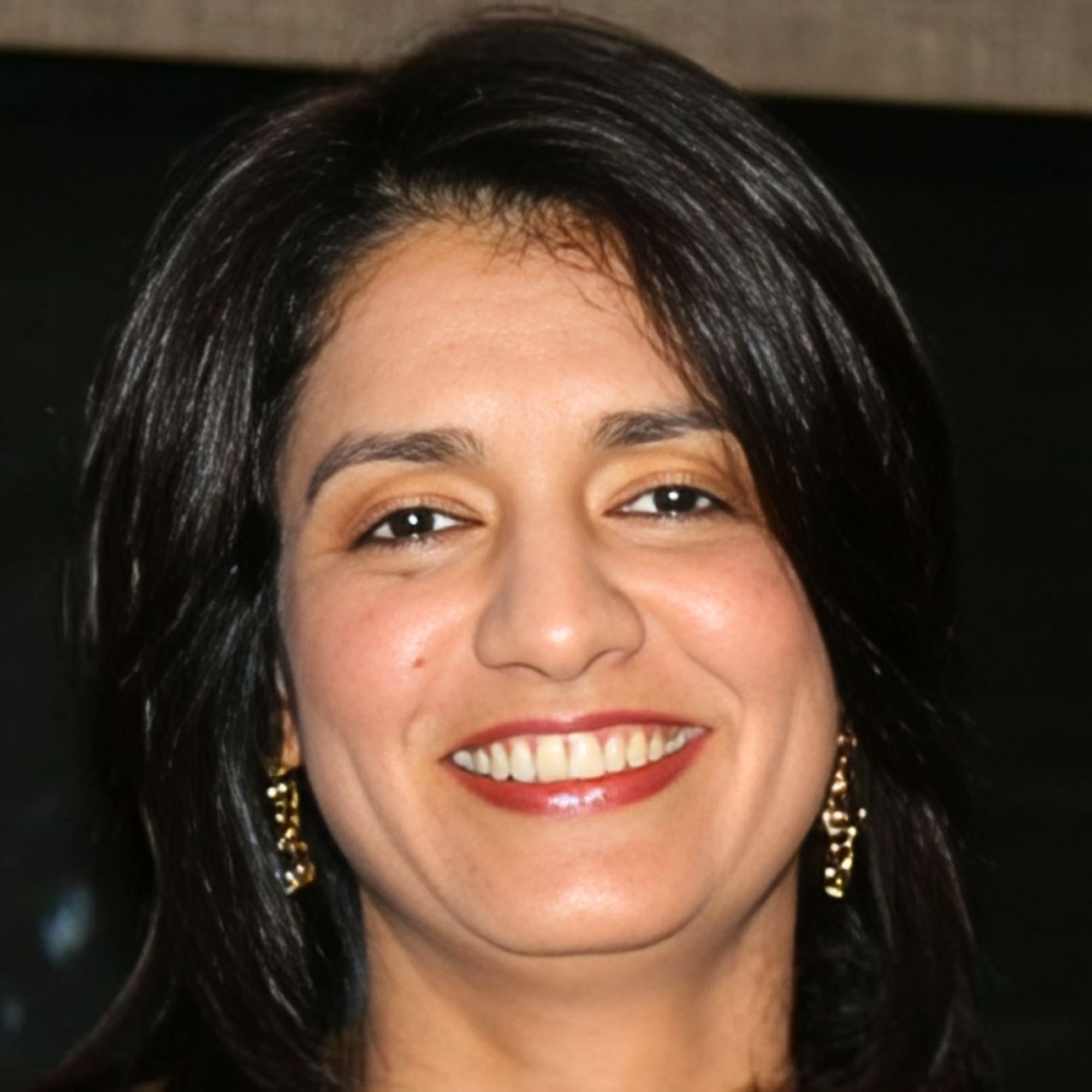
Kirti Dewan
Chief Marketing Officer of Fiddler AI
How to Lead an Internal AI Workshop w/ Kirti Dewan, Chief Marketing Officer of Fiddler AI

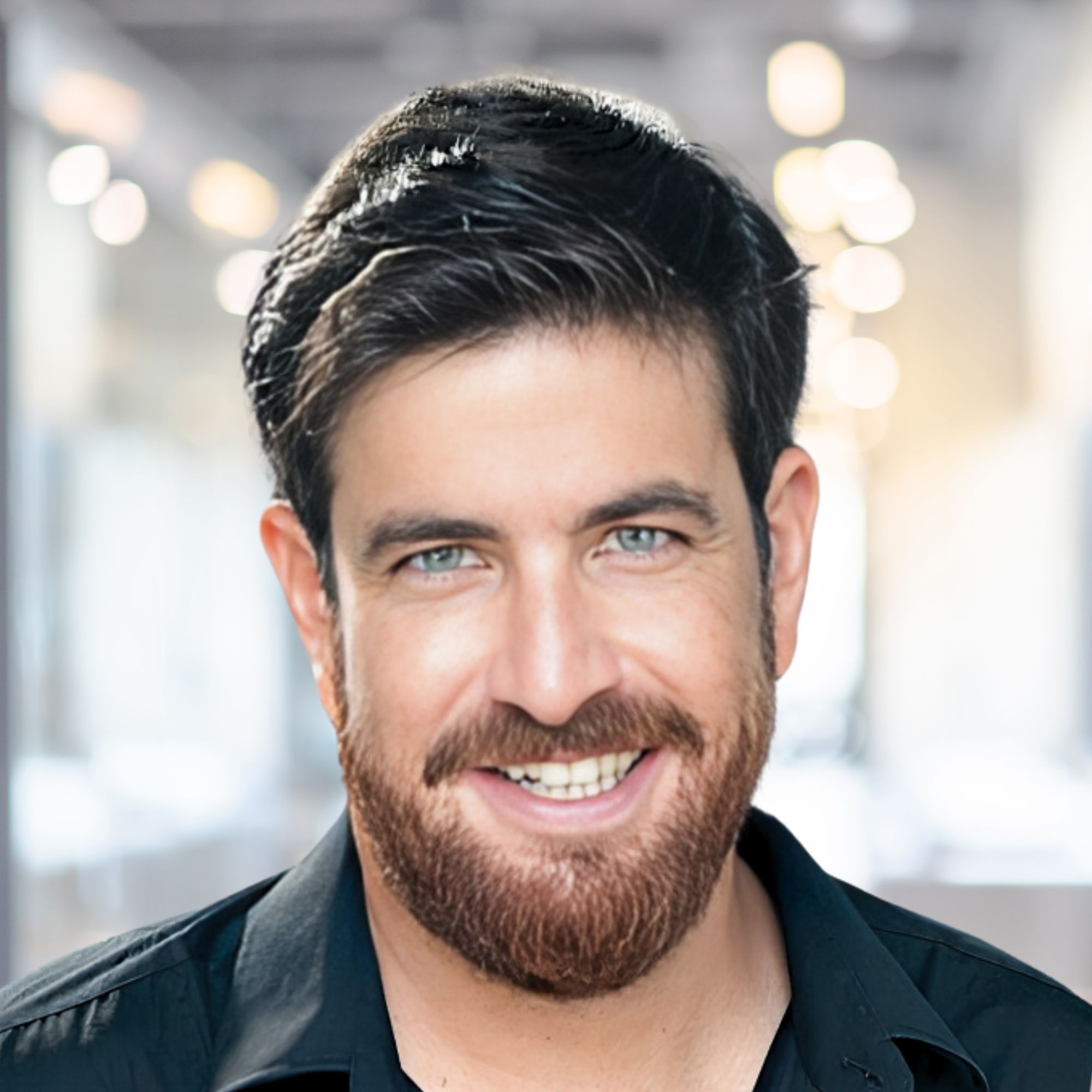
Alon Talmor
CEO & Founder of Ask-AI
Alon Talmor, CEO & Founder of Ask-AI: $20 Million Raised to Power the Future of Enterprise AI


Alan Cowen
CEO and Founder of Hume AI
Alan Cowen, CEO and Founder of Hume AI: Over $17 Million Raised to Measure and Improve How Technology Affects Human Emotion


Jorge Penalva
CEO & Co-Founder of Lang AI
Jorge Penalva, CEO of Lang.ai: $40 Million+ Raised to Build the Customer Experience Operations Category


Johannes Peeters
Co-Founder & CEO of VoxelSensors
Johannes Peeters, Co-Founder & CEO of VoxelSensors: $7 Million Raised to Build the Future of Spatial Computing

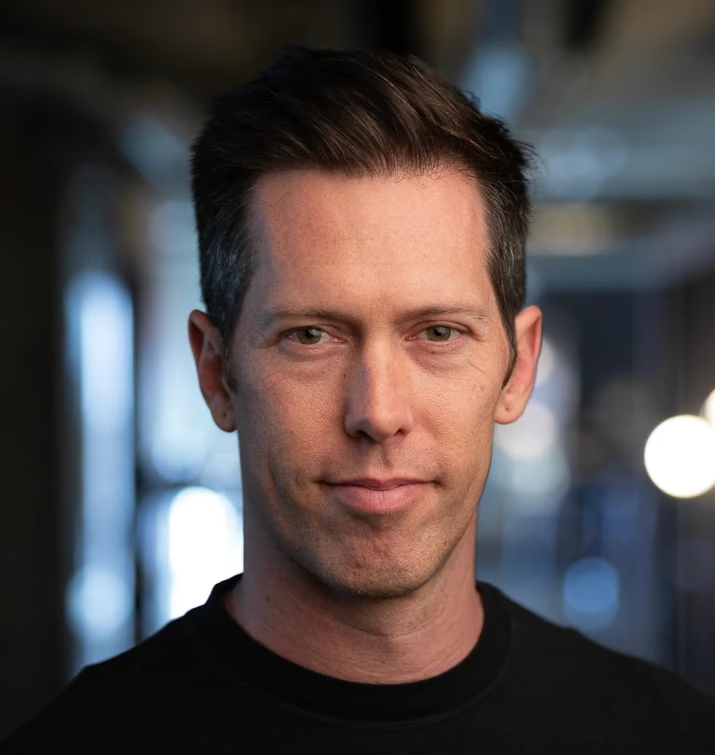
Ian Cairns
CEO & Co-Founder of Freeplay AI
How Freeplay built thought leadership by triangulating insights across hundreds of AI implementations | Ian Cairns


Rodrigo Liang
Co-Founder and CEO of SambaNova
Rodrigo Liang: the Story of SambaNova ($5+ Billion Valuation)


David Plon
CEO & Co-Founder of Portrait Analytics
David Plon, CEO & Co-Founder of Portrait Analytics: $10M Raised to Build an AI-Powered Thought Partner for Institutional Investors


Patricia Thaine
Co-Founder & CEO of Private AI
Patricia Thaine, Co-Founder & CEO of Private AI: Over $11 Million Raised to Help Organizations Anonymize PII to Achieve Regulatory Compliance


Deirdre Mahon
VP of Marketing of super{set}
Why Marketing Beats Sales Hiring at AI Startups

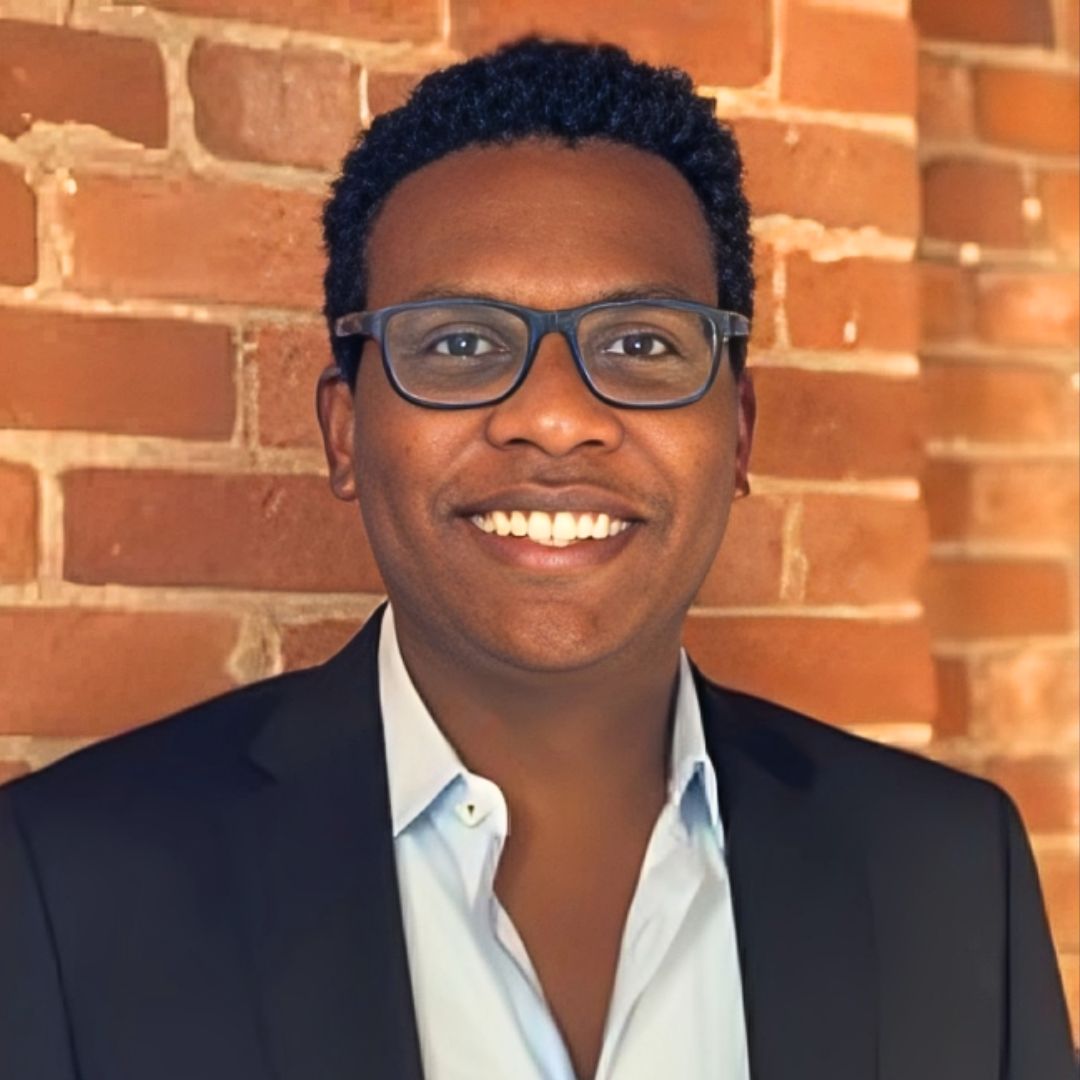
Gabriel Bayomi Tinoco Kalejaiye
CEO and Co-Founder of Openlayer
Gabriel Bayomi, CEO and Co-Founder of Openlayer: $4.8 Million Raised to Power the Future of Machine Learning Testing

Kostas Pardalis
Co-Founder & CEO of Typedef
Why Typedef starts go-to-market activities during the design partner phase instead of after | Kostas Pardalis ($5.5M Raised)


Ravin Thambapillai
CEO and Co-Founder of Credal
Ravin Thambapillai, CEO and Co-Founder of Credal: $5 Million Raised to Build the Future of AI Security

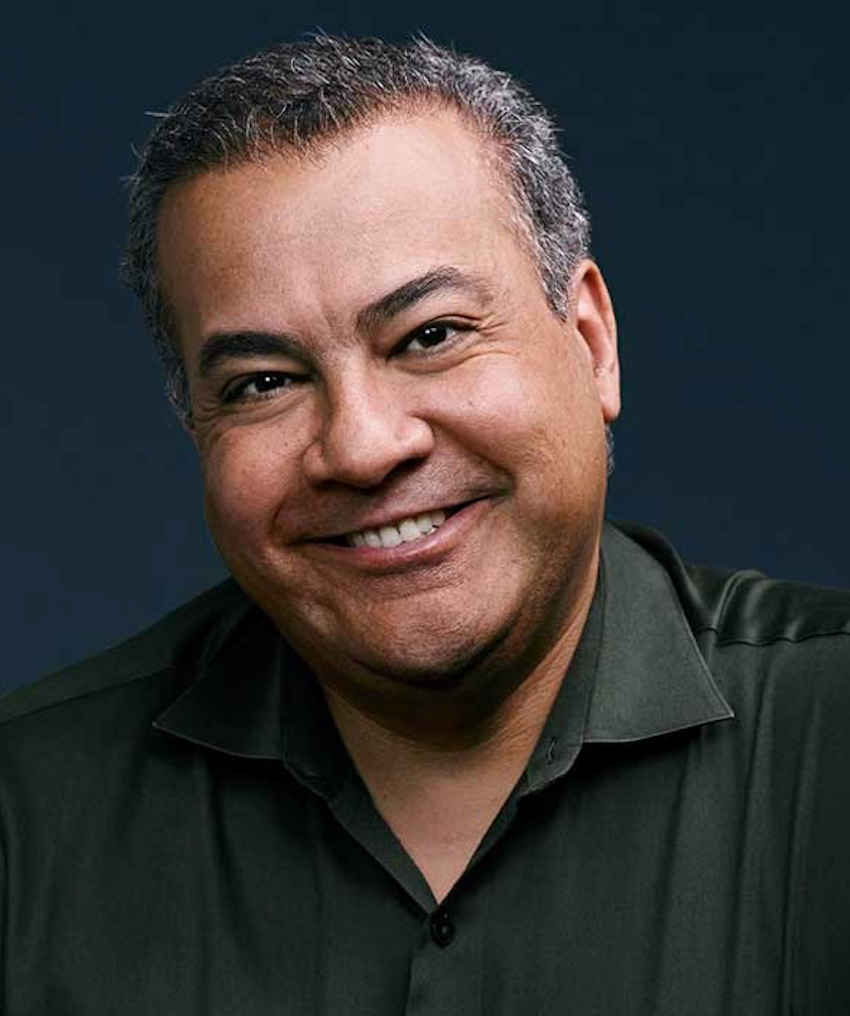
Amr Awadallah
CEO & Founder of Vectara
Amr Awadallah, CEO & Founder of Vectara: $53 Million Raised to Build the RAG-as-a-Service Category


Bob van Luijt
CEO and Co-Founder of Weaviate
Bob van Luijt, CEO and Co-Founder of Weaviate: Over $67 Million Raised to Power the Future of Vector Databases


Sauraj Gambhir
Co-Founder of Prior Labs
Sauraj Gambhir, Co-Founder of Prior Labs: $9 Million Raised to Build Foundation Models for Structured Data


Phillip Liu
CEO of Trustero
Phillip Liu, CEO of Trustero: $8 Million Raised to Build the Future of Compliance AI


Malte Pietsch
CTO & Co-Founder of Deepset
Malte Pietsch, CTO & Co-Founder of Deepset: $45 Million Raised to Build the Future of LLMs


James O’Brien
Co-Founder & COO of Ducky AI
James O’Brien, Co-Founder & COO of Ducky: $2.7 Million Raised to Build Internal Data Search for LLMs

David Reger
CEO of NEURA Robotics
David Reger, CEO of NEURA Robotics: €185M Raised to Power the Future of Cognitive Robotics

Barbara Lewis
CMO of Coactive AI
The Siebel vs Salesforce Truth Every B2B Marketer Should Know
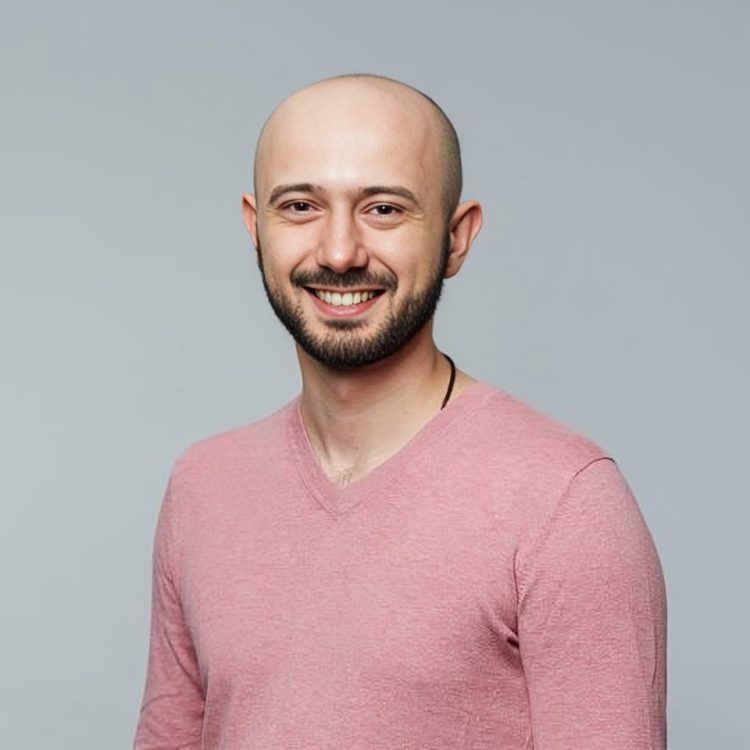
Vahan Petrosyan
CEO & Co-Founder of SuperAnnotate
Vahan Petrosyan, CEO & Co-Founder of SuperAnnotate: $53 Million Raised to Build the Future of AI Training Data Infrastructure

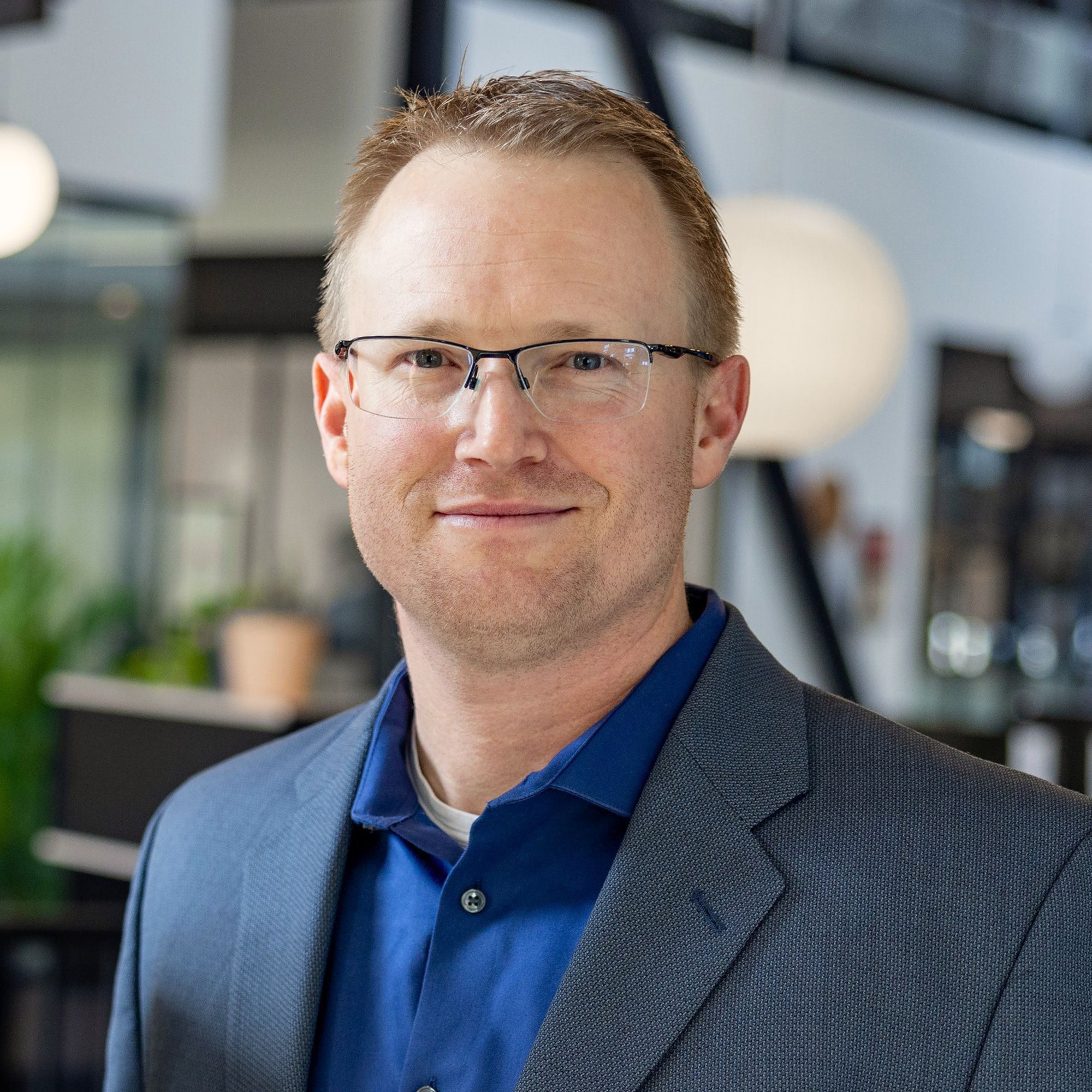
Joe Witt
CEO & Co-Founder of Datavolo
Joe Witt, CEO & Co-Founder of Datavolo: $21 Million Raised to Unlock the Potential of Unstructured Data for AI


Jeong-Suh Choi
CEO of Bobidi
Jeong-Suh Choi, CEO Bobidi: Nearly $6 Million raised to Deliver Better, More Inclusive AI Solutions for Developers
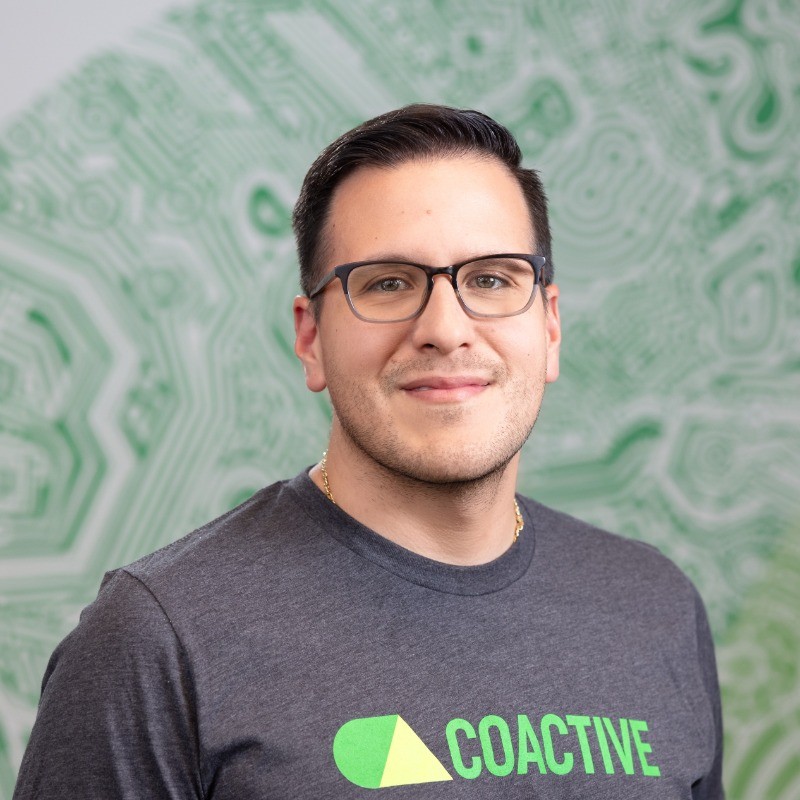
William Gaviria Rojas
Field CTO & Co-Founder of CoactiveAI
William Gaviria Rojas, Field CTO & Co-Founder of CoactiveAI: $44 Million Raised to Build the Future of Multimodal AI Applications


Douwe Kiela
CEO and Co-Founder of Contextual AI
Douwe Kiela, CEO and Co-Founder of Contextual AI: $20 Million Raised to Build the Future of Enterprise Language Models




